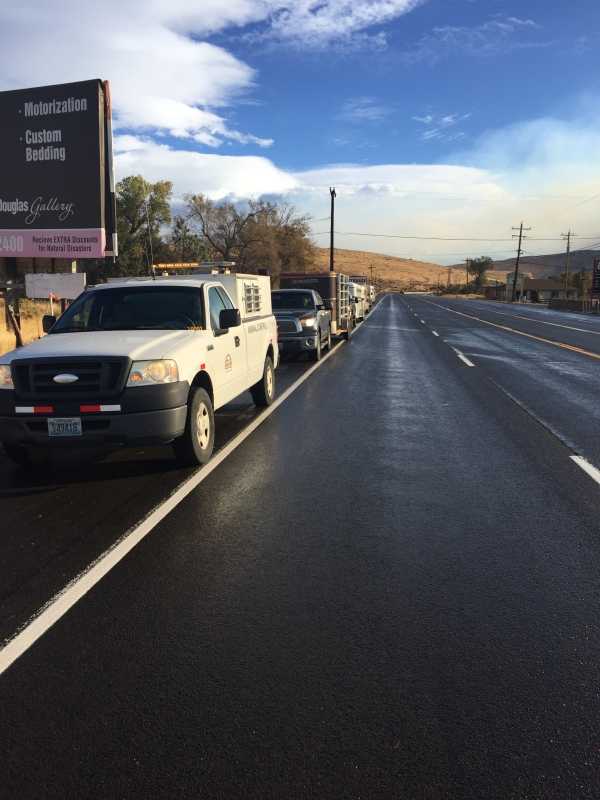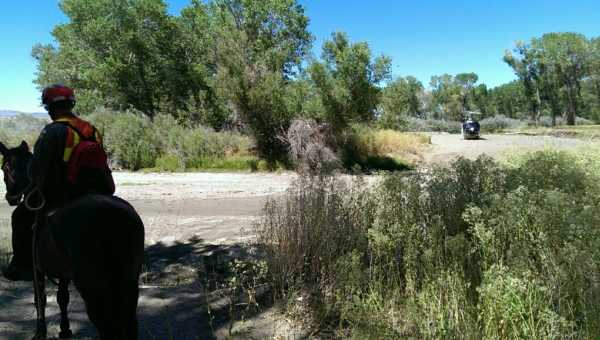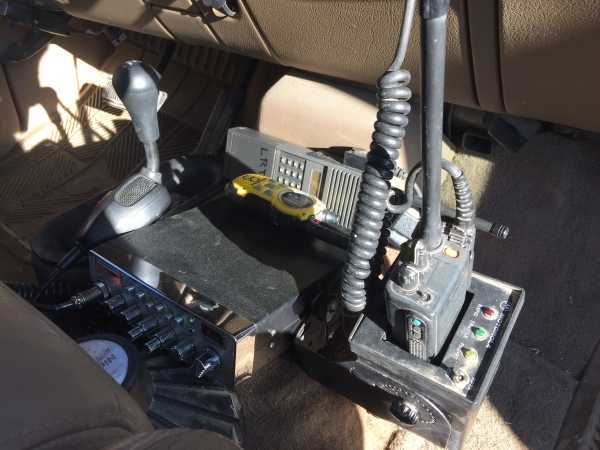
|
Least Resistance Training Concepts
|

|

November 8, 2016
All responses, no matter how significant or insignificant, should operate under the Incident Command System (ICS.) ICS is a system that allows diverse agencies and entities, both professional and volunteer, to operate within a single integrated system that preserves order, accountability, safety, and improves overall performance. Everyone working in a properly crafted ICS operation understands his/her mission and responsibilities, knows who to report to and who is responsible to whom. Command level personnel remain aware of what is going on in the field, and duties can be apportioned so that nobody becomes overwhelmed with too many tasks or responsibilities. Therefore it is incumbent upon both regular and occasional volunteer responders to be familiar with ICS and their respective roles in such a system. (For volunteer responders or potential volunteer responders who may not be thoroughly familiar with ICS and/or large animal emergency protocols, FEMA/EMI provides free on-line courses for which certificates of completion are issued. Please go to Recommended Training for Large Animal Evac Volunteers for a summary of and links to relevant courses.) One key point component of ICS involves communications. Whether consisting of professionals or volunteers, members of teams working any emergency operation must be able to communicate with each other as well as be able to receive directions from and report back to superiors on a "real time" basis. It is often inadequate to try to construct these systems "on the fly" during an incident, so communications should be part of any organized entity's pre-response planning. Experience has proven that while they are very useful when they do work, mobile cellular telephone and SMS texting cannot be relied upon during significant emergencies that could result in wide area system outages. Therefore reliable alternative systems must be evaluated and integrated into pre-incident plans.
With the proliferation of different radio systems in use, keeping
|
| EQUIPMENT SELECTION CONSIDERATIONS |
There does not appear to be any shortage of affordable communications equipment that could be repurposed for use by auxiliary responders. The push to P25 compliant digital radios in public safety is producing a growing pool of older analog radios. The greatest stumbling block appears to be a lack of interest in planning and coordinating the use of older technology: determining the proper use of analog radio channels and having such use authorized through procedures issued by the agencies that hold the licenses for the frequencies being considered.
To be fair, emergency planners have many issues to address and dovetailing recognized auxiliary responders into a practical communications network often ranks low among priorities. However communications issues are relevant to any ICS operation and idealism must give way to practical application. One option is for the communications issue to be taken up between stakeholders and appropriate agency representatives so that sensible plans can be developed from which assets can be identified and repurposed in order to put practical plans into effect.
Repurposed "narrow band" analog radios with plug-in mobile chargers can be
used by diverse resources to communicate with each other during disasters.
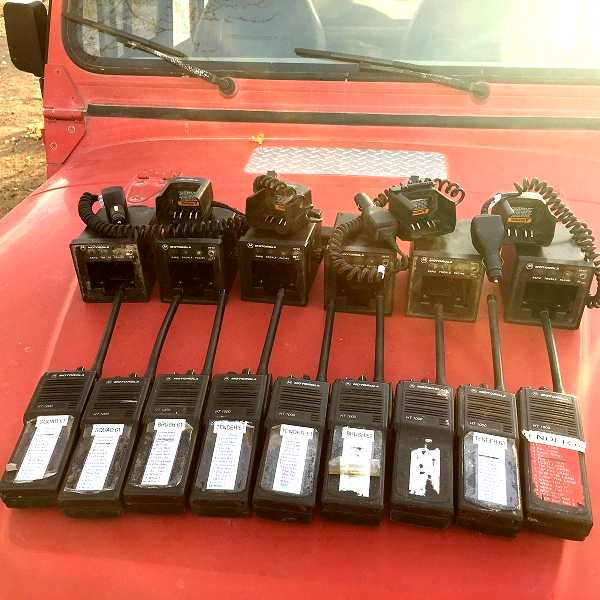
Amateur (HAM) Radio is the most effective citizen's communications system as Amateur operators have a host of frequencies and technologies at their disposal. While Amateur Radio can be exceptionally proficient for relaying messages under a variety of conditions, its use is restricted to licensed operators. An unlicensed responder cannot simply be handed an Amateur radio and be allowed to use it.
This Chicago police officer's personal vehicle is equipped for any communications need.
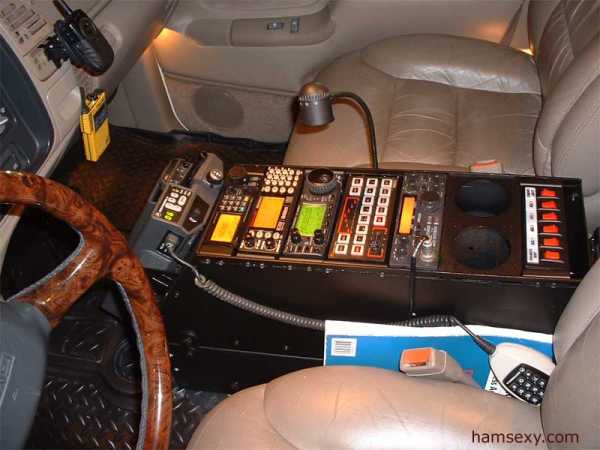
Handheld GMRS "Family Radio Service" radios are relatively inexpensive however their range is limited. They are practical personal communications devices for responders who are operating within reasonable distances of each other.
Being able to communicate effectively can be critical in rugged terrain when
responders are spread out, and during high-risk emergency operations.
(McClellan Peak Rescue, Carson City)
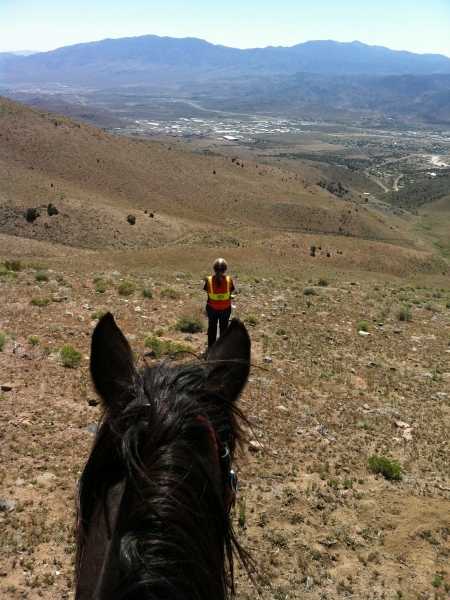
GMRS / FRS handheld radios are compact, most are rugged, and they are reliable over short distances.
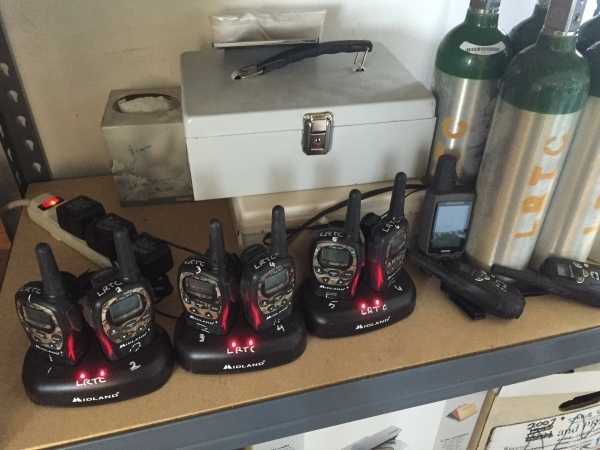
The trusty low-tech Citizen's Band (CB) radio can be useful for vehicle to vehicle communications. The units are affordable and anyone can use them as no licenses are required. Many CB channels are not nearly so busy since the proliferation of mobile cellular devices. Auxiliary responders added to an incident can be easily integrated into a CB communications plan. Furthermore the usefulness of CB radio is not lost on Homeland Security planners.
"Advantages of using CB radios for emergency communications are considerable."
- Emergency Communications, Homeland Security News
Cigarette lighter "Plug and go" configurations and improved efficiency magnetic
roof mount antennas can provide practical options when drilling holes in vehicles is not desirable.
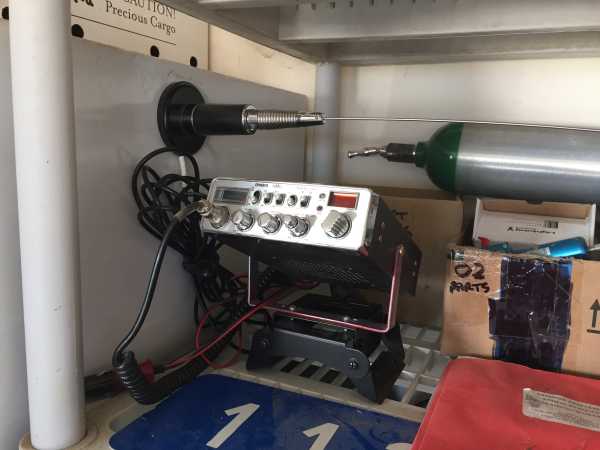
Continue to Part Two, Developing a Plan
Return to Information Sheets and Resource Guides
Return to Sample Incident Responses
Return to LRTC TLAR / EVAC Page

The training information presented in these information sheets and guides is offered for illustrative and volunteer refresher purposes only. It is not a substitute for actual hands-on training. |
